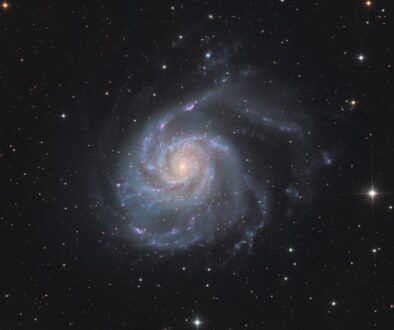If We Can’t Detect the First Stars, Maybe We Can See Their First Galaxies
Above is an artist’s conception of the spiral structure of the Milky Way showing Baade’s general population categories. The blue regions in the spiral arms are composed of the younger population I stars, while the yellow stars in the central bulge are the older population II stars. In reality, many population I stars are also found mixed in with the older population II stars. Credit: NASA/JPL-Caltech/ESO/R
Population III (PopIII) stars represent astronomy’s ultimate prize: the first generation of stars born from the pristine hydrogen and helium created in the Big Bang. These theoretical giants, potentially hundreds of times more massive than our sun, should have been fundamentally different from any stars we see today. They contained virtually no “metals,” astronomy’s term for elements heavier than helium, because none existed yet in the universe.
Despite the incredible power of the James Webb Space Telescope (JWST), these ancient stars have remained frustratingly elusive. Traditional searches have focused on finding completely metal-free systems, looking for the brief signature of prominent helium emission without any heavy element contamination. This approach creates an impossibly narrow detection window.
The hunt has taken on an unexpected twist with new research led by Elka Rusta from Università degli Studi di Firenze in Italy that proposes a revolutionary approach: instead of seeking perfect purity, target galaxies during their “self-polluted” phase. This occurs when the first massive stars have exploded as supernovae and scattered heavy elements into the surrounding gas, but the original metal-free stars are still burning bright.
During this transitional period, PopIII galaxies can emit detectable metal lines while still hosting only metal-free stars. The gas shows chemical enrichment from the first supernovae, creating observable signatures even though the stars themselves formed from pristine material. This represents a much longer and more detectable window than the fleeting moment of complete metal absence.
(Source: phys.org)




